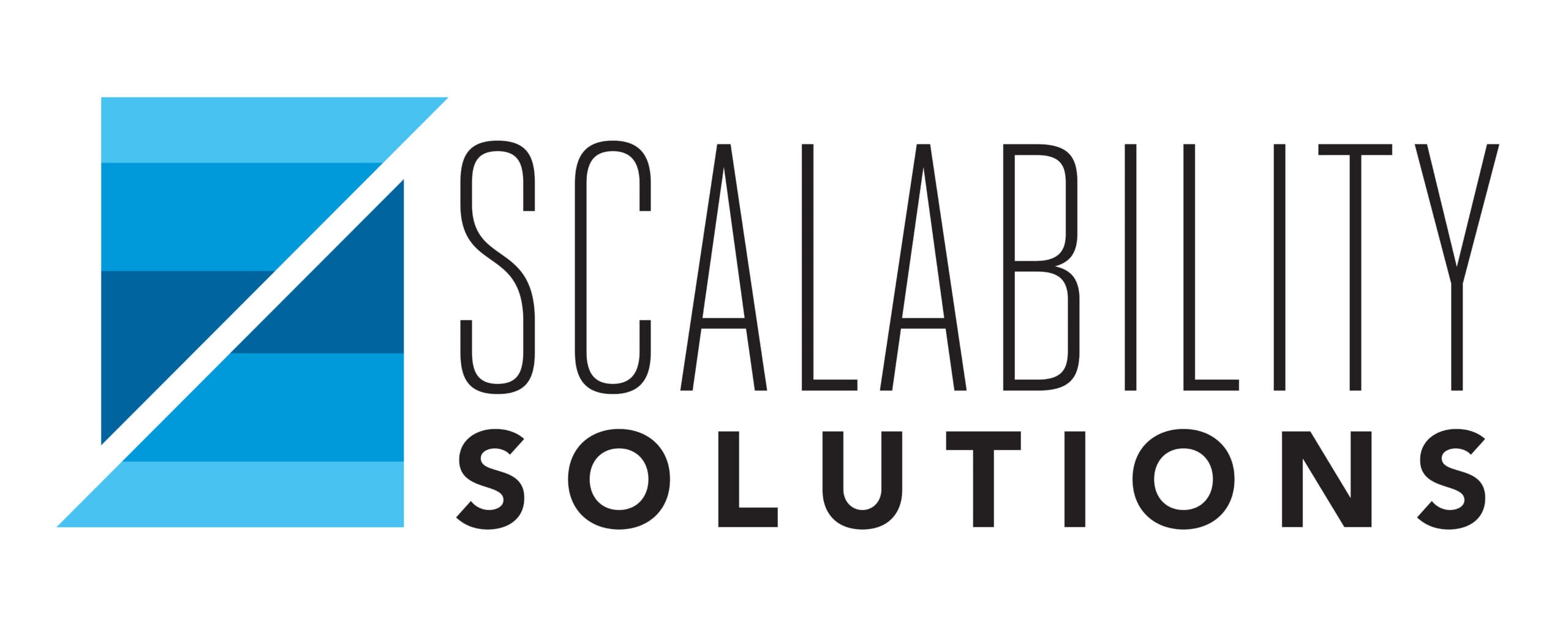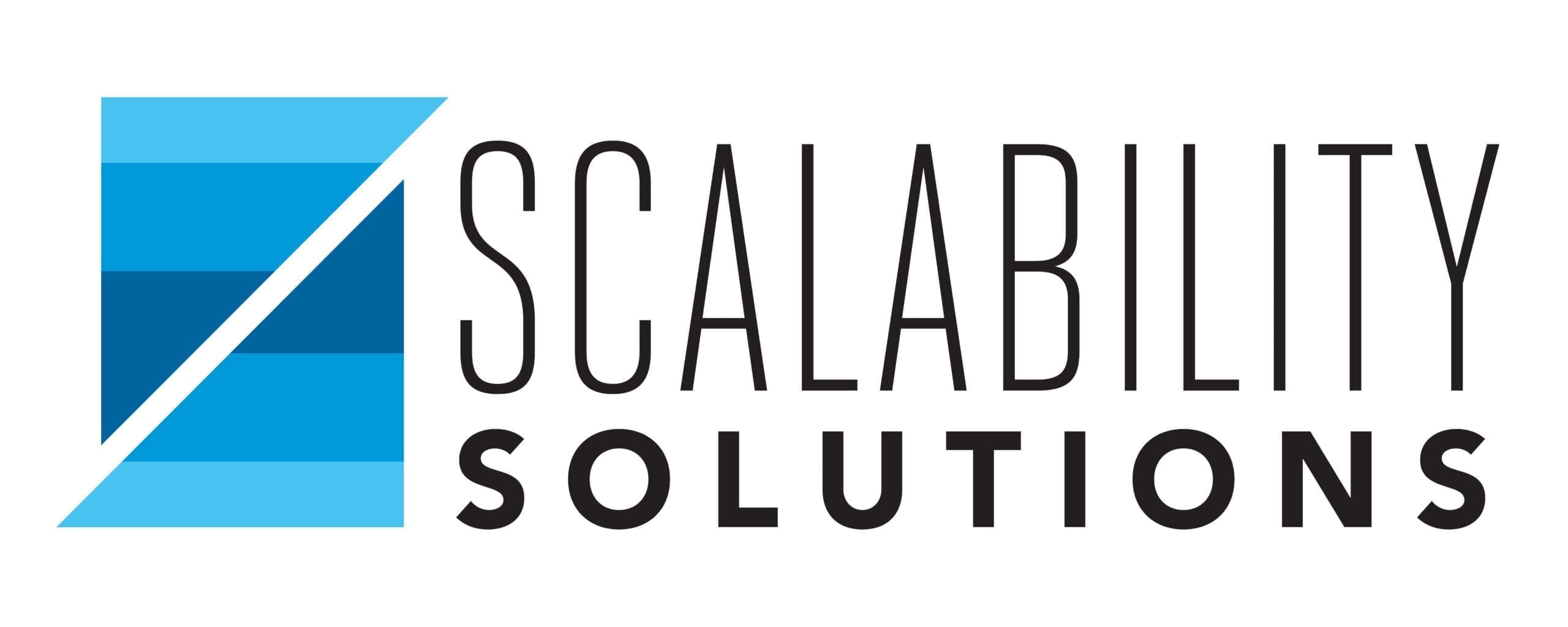Once a new team member has signed an offer letter, it often feels like the hard part is done. The organization and manager have spent a huge amount of time, money, energy, and focus on finding, interviewing, and hiring the ideal person. It feels like a major relief and it’s tempting to shift all attention immediately back to primary responsibilities.
Making a great hire, however, is only the beginning of successfully bringing new talent into an organization. Having a smooth, effective process for onboarding new hires is key to ensuring the new employee and their company are set up for success.
Why Onboarding is So Important
A comprehensive onboarding process prepares a new hire for the job itself and immediately integrates them into the company culture. Ultimately, onboarding that achieves these two objectives well results in employees who stay longer, work more productively and have far higher levels of job satisfaction. They’re less likely to make errors, require less costly supervision, and perhaps, most importantly, they understand the mission and vision of team and company.
When a new hire is onboarded in a way that helps them to be efficient and satisfied, the team benefits from working with a colleague that’s contributing to – not detracting from – their overall success. Share on XThat being said, successful onboarding is unfortunately more elusive than it should be. The stats say it all:
- 16.45% of new employees leave after the first week…
- 50% of new hires don’t work out…
- And poor communication – which should be established in the first week – causes businesses to lose $37 billion every year.
Effective onboarding, then, needs to be considered carefully and strategically to ensure the best outcomes for both the new hire and the company.
Successfully Onboarding New Hires: The Basics
The basics of effective onboarding involve sufficiently preparing the new hire so that they can hit the ground running.
Here are a few key aspects of preparation:
Prepare a workspace.
Make sure the new hire’s desk is clean, attractive, and organized so that they get off on the right foot. They will likely be spending a lot of time in that space. It should provide a feeling of energy, organization, and room to work.
It’s also ideal to have some “company swag” such as branded pens, notebooks, t-shirt, coffee mug, etc. This helps them feel welcomed, appreciated, and a part of the company.
Set up all accounts and provide necessary technology.
A new team member should have everything they need to successfully perform their responsibilities from the moment they sit at their desk. For example, it can be tempting to hand them an old computer that still works but is extremely slow, but this is not recommended. The new hire won’t feel they are providing optimal value because they can’t be as productive as they would be if not hampered by slow technology (not to mention the reduced productivity is expensive for the company). They should also have any other tools (e.g. cell phone, etc.) they would need on their desk ready to go.
All necessary email and software accounts should also be set up in advance of the new hire’s first day. Spending the first day managing admin is not an effective use of anyone’s time.
It’s also helpful to have a cheat sheet prepared of all available resources (e.g. software, help documentation, etc.), their purpose, and instructions for accessing them. Having instructions for things like using the phone system (e.g. transfering calls, conferencing, etc.) is valuable as well.
Provide them with necessary contacts.
Providing new hires with the knowledge they need to communicate efficiently with team members from the get-go is important. They will be meeting many people on their first day. Taking notes may not be ideal when walking around meeting people during an office tour or at an event, and remembering who does what will be challenging. Providing the new hire with a document that includes the following will be greatly appreciated: 1) Org chart 2) Overview of each department 3) The people they will interact with most, their role, how that person can help them, and their contact information.
Have them sit with each department for a minimum of an hour, but preferably significantly more. Greater understanding of the other departments decreases the chance of siloing and misunderstandings or errors based on lack of perspective. It also deeply increases collaboration and innovation.
Establishing the basics of successful onboarding is critical – but it’s only the beginning of ensuring the new hire is successful.
Successfully Onboarding New Hires: The Bigger Picture
Aside from the basics outlined above, it’s important to build a sense of purpose.
Communicate mission, vision, values, and culture.
Having the necessary resources and tools is certainly critical, but the most important aspect of setting a new team member up for success is ensuring they understand and align with the bigger picture from day one.
Communicate the mission and vision of both the company and their own role, and how their role creates success in carrying out the organizational mission. When new hires understand “the why”, they are better able to make the right decisions, effectively execute their responsibilities, and navigate challenges.
Help them to also understand core company values and provide tangible examples of how fellow team members integrate those values into everything they do. Describe the culture and help them to understand how they fit into it. Help them to also understand the history of the company and how these values, etc. came to be.
This can take place in a one-to-one meeting with the manager, with the leadership team, and/or with an onboarding team. Communicate these verbally and visually, and give the new hire a sense of how they play a critical key role in the big-picture story of the business. This will help them visualize and get excited, and set them up for success.
Welcome them onto your team.
New hires shouldn’t just be introduced to the team; they should immediately feel like they are an appreciated part of the team. Host a luncheon for the new hire or create some other fun event where they can start to get to know their team members.
It’s also helpful to eliminate guesswork by sharing how the team likes to communicate and interact. For example, what sorts of discussions require meetings and which can be handle via a casual walk down the hall or instant message? Are there any pet peeves? Sharing these upfront helps the new employee feel like a well-integrated team player much more quickly.
Help them set goals.
Once the new hire has a sense of the bigger picture, their role, their team, and resources, set aside time to help the new hire set goals – both long- and short-term. Depending on the role, this may involve goals like finishing specific projects, establishing new client relationships, or innovating a new system to be used internally in the company. Or, they may have a goal of learning a new skill.
During this process, create at least one goal that will give the new hire a “quick win” – something that’s quickly achievable so that they can gain an immediate sense of momentum.
In any case, this extra step can help give new hires immediate purpose – and give the manager an additional opportunity to communicate expectations and measures of success.
Successfully Onboarding New Hires: The Role
Once they understand the bigger picture, the new team member needs to be set up for success in the day-to-day aspects of their role. Taking the time on these extra steps will signficantly reduce ramp-up time, eliminate guesswork, and create success much quicker.
Actively engage the new hire in process documentation.
If there is process documentation available, have the new hire update it (or keep a log of items that are out-of-date) throughout the onboarding process. Processes will most likely have changed since the documentation was written, and actively engaging the new hire in updating the documentation will help them to remember the processes more than simply reading them. If process documentation doesn’t exist, have the new hire create it as they learn processes throughout their first week.
Be absolutely certain they understand “the why” behind each process (instead of solely providing a list of steps to complete a task). This will help them think independently and critically when unique situations arise. It will also help them to more effectively achieve their goals and eventually find even more efficient or effective ways of doing things. Ask open-ended questions to ensure they understand “the why.”
Provide ample time for shadowing and Q&A.
Have the new hire shadow the most successful members of their new team. Ensure they have plenty of time and space to ask those peers questions. Perhaps kick this off by providing reimbursement for them to go to lunch.
Provide a safe sandbox for learning when onboarding new hires.
Throwing a new hire into the deep end without sufficient training can create a feeling of frustration for both them and their peers – and they may make costly mistakes in the process. Likewise, simply teaching a new hire theory without giving them an opportunity to test their skills and receive feedback can make for a longer learning curve.
The best way to set up new hires for long-term success is to create a simulated job experience for their first week, where they are able to safely test required job skills without the risk of committing errors. For example, if the new hire is onboarding into a project management role, it can be extremely valuable to create a mock client in company systems and set up a mini-version of the type of project the new hire might manage on the job. During that first week, they would conduct all the same meetings and complete the same sorts of tasks that they would in a real project, with their manager and peers playing the role of the client and internal company members and providing feedback after each step. The ultimate goal is to allow them to do all parts of their new job without negatively impacting current accounts or workflows – similar to a job simulation you may have created for the hiring process, but longer and more in-depth.
The goal with this short-term experience is to equip and train new hires well to succeed in the long-term – giving them the feedback and testing ground they need to learn and grow quickly.
Successfully Onboarding New Hires: Setting Up Long-Term Success
What happens after the first week is subject matter for separate much more in-depth posts, but at a high level, it’s important to consider a few key things.
Check in.
It may take some time for a new hire to know when to ask for help. Continue building a relationship and checking in to get a temperature check to see how set up for success the new team member feels. Weekly one-on-one meetings go a long way, as does an open door policy (be it physical or virtual).
Make inclusion a priority.
Many companies have diversity initiatives in their hiring processes but lack inclusion initiatives so that diverse team members actually feel part of the team and organization. Making inclusion a priority is critical. Learn more in this outstanding podcast.
Provide a mentor.
Connecting a new hire with a mentor can create great success when done well. This can be formal or informal, but having someone other than their manager that the new team member can learn from is extremely valuable.
Final Thoughts on Onboarding
Onboarding will look different for every company and team, but the primary aim of onboarding is to create a consistent process that sets up new hires for success long-term. A strategic, methodical approach to integrating new hires onto the team will ultimately pay off for the business in the form of increased productivity, retention, innovation, and job satisfaction. To learn more about best practices for hiring, training, and onboarding new team members, click here for Scalability Solution’s blog, or here to schedule a free consultation.


